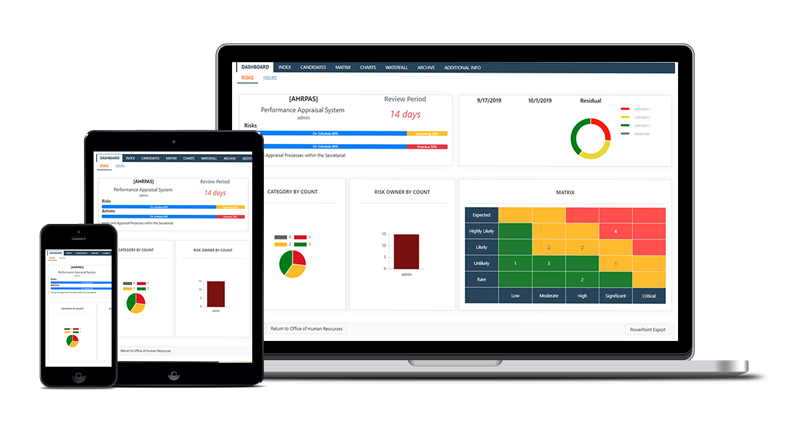Many organisations conduct business internationally in our connected world, and we need to consider the particular risks that might arise from operating or trading across borders. We recently learned about the risk approach adopted by AECI (www.AECI.co.za) whose business involves transporting toxic chemicals and high-explosives across Africa. They have identified the following five risk categories for their business, together with sample generic risks in each category, to ensure that risk is understood and minimised as far as possible (*):
Economic and financial risks. This category includes: price fluctuations; maturity of banking systems; tax requirements; foreign exchange risk; interest rate risk; access to capital; data integrity in financial systems; infrastructure neglect; compliance with country-specific laws/regulations; unmanageable inflation; adequacy of in-country public liability coverage; additional in-country import tariffs and quotas.
Environmental risks. This group of risks covers natural or man-made disasters, including: irremediable pollution; persistent extreme weather conditions; vulnerability to geomagnetic storms; rising greenhouse gas emissions.
Geopolitical risks. These are risks relating to politics, diplomacy, conflict, crime and governance, including: entrenched organised crime; political instability; failure to resolve diplomatic conflicts; cultural disconnect; pervasive corruption/bribery/fraud; terrorism; piracy; trade embargos; political sanctions; lack of cross-border agreements.
Societal risks. Risks in this category relate to population dynamics, social stability and human survival, including: availability of skilled/experienced personnel; adequacy of electricity supply; chronic diseases; increased safety incidents; unmanaged migration; vulnerability to pandemics; water supply crises.
Technological risks. These risks depend on the nature of the specific business, but would usually include: critical systems failures; cyber-attacks; adequacy of internet connectivity; ineffective intellectual property protections; data breach/fraud/theft; scarcity and availability of raw materials.
Your business may not involve cross-border transport of toxic chemicals or high explosives. But if there is an international aspect to your operations, you might like to consider these risk categories and see whether any of them might be relevant. In our globalised world most of us are exposed to some degree of cross-border risk, and the AECI approach offers insights that could be helpful.
(*) Used with the kind permission of Gillian Edworthy, Group Risk Officer, AECI.
© Copyright May 2013, David Hillson/Risk Doctor & Partners






